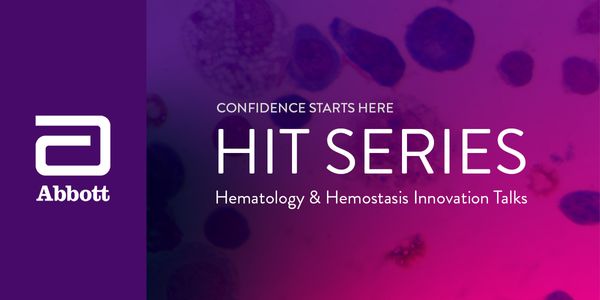Genetics technology
Genetics technology broadly describes the tools and processes used to identify, treat, or monitor genetic disorders. Genetics technology can include laboratory testing, scientific instruments, and analytical software programs.
-
Mutations in the epidermal growth factor receptor gene (EGFR) and the known Kirsten rat sarcoma viral oncogene (KRAS) are significant drivers in the development of non-small-cell lung cancer...Speaker: Hestia Mellert, PhDPresented at: Cancer Research & Oncology Week Virtual Event Series 2020
Sponsored By: Bio-Rad Laboratories
OCT 08, 2020 | 9:00 AM
Date: October 8, 2020 Time: 9:00am (PTD), 12:00pm (EDT), 5:00pm (GMT) Small DNA viruses require both host DNA replication and repair factors for their replication. The host cell replication...
Individuals of under-represented minority ancestry are at disproportional risk for higher incidence and mortality rates for particular cancers. The unequal burden of cancer in certain racial...
Speaker:
Steven R. Patierno, PhD
OCT 08, 2020 | 7:00 AM
DATE: October 8, 2020 TIME: 7:00am PDT, 10:00am EDT, 4:00pm CEST How often do you pipette in your cell culture lab every day? Usually, we do it so often that we tend stop thinking about ho...
Every patient is different and so is every tumor! The term “personalized oncology” today is largely associated with sequencing approaches. Current publications proof more and mor...
Speaker:
Christian Regenbrecht, PhD
Presented at: Cancer Research & Oncology Week Virtual Event Series 2020
Sponsored By: Luminex - A DiaSorin Company
Sponsored By: Luminex - A DiaSorin Company
Tumor phenotypes are dictated not only by the neoplastic cell component, but also by the tumor microenvironment (TME), which is inherently immuno-suppressive, is equipped to hamper effector...
Speaker:
Dr. Sergio Rutella
Presented at: Cancer Research & Oncology Week Virtual Event Series 2020
Sponsored By: NanoString Technologies
Sponsored By: NanoString Technologies
OCT 06, 2020 | 10:00 AM
DATE: October 6, 2020 TIME: 10:00am (PDT) The enumeration and analysis of blood cells with automated haematology analysers have significantly improved in recent years due to advances in cell...
RNA plays important and diverse roles in biology, but molecular tools to manipulate and measure RNA are limited. We demonstrate that RNA-targeting CRISPR effector Cas13 can be engineered for...
Speaker:
Omar Abudayyeh, PhD
, Jonathan Gootenberg, PhD
Presented at: CRISPR Virtual Event Series 2020
The CRISPR/Cas genome editing system has revolutionized nearly every aspect of the life science industry. Until recently, the most used formats for this technology have been plasmids, mRNA,...
Speaker:
Gurpreet Balrey, PhD
, Peter Romanienko, PhD
While transformative, first-generation CRISPR technologies remain limited across multiple important dimensions including scalability, editing efficiency, types of modifications available, an...
Speaker:
Nandini Krishnamurthy, PhD
Genome Engineering allows the easy manipulation of genomes down to the nucleotide level. Targeted deep sequencing enables the detection and quantification of low-frequency editing events. Ho...
























